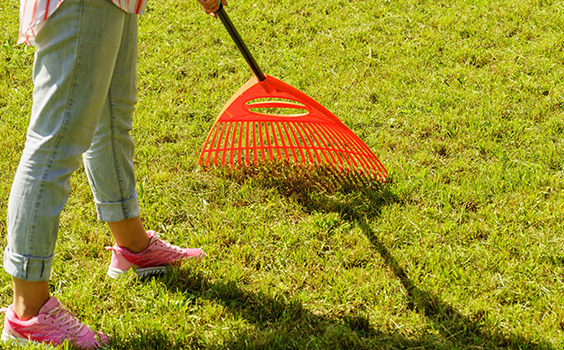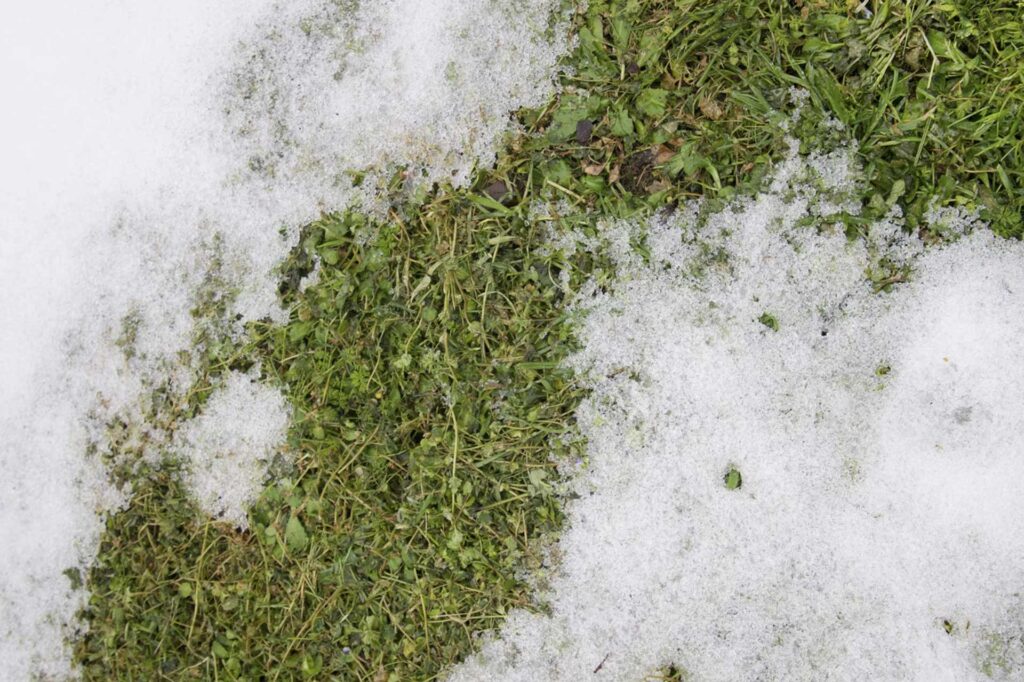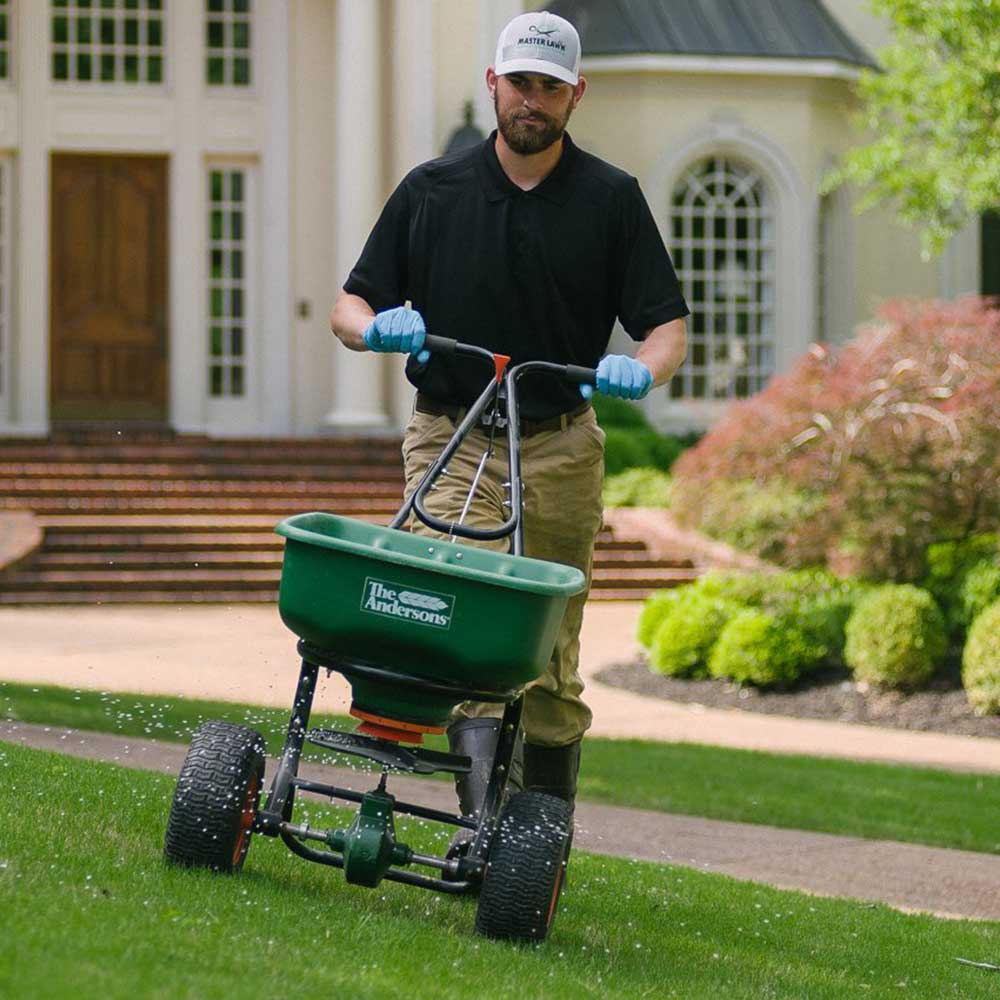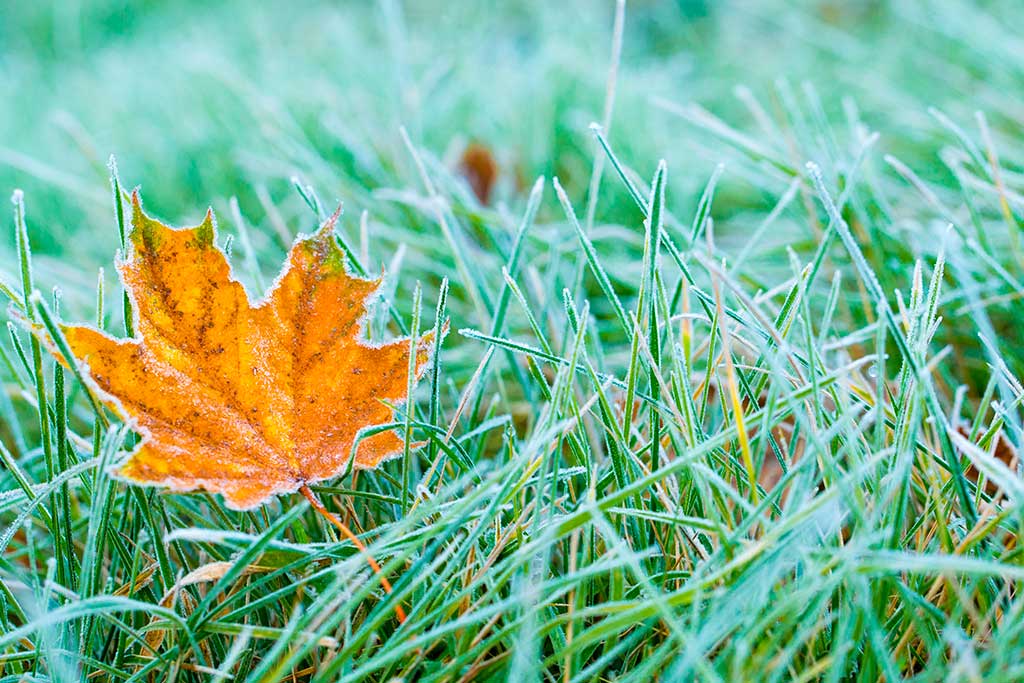Raking the lawn is a ritual enjoyed by most homeowners, as it signals the arrival of spring and the promise of sunny days. After months of snow and freezing temperatures, most homeowners are enjoying the warmer temperatures and can’t wait to get out and get the lawn ready for a year of enjoyment.
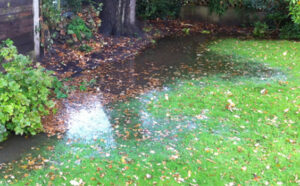 Mistakes to avoid in the spring
Mistakes to avoid in the spring
The most common mistake and the most damaging for the lawn in the spring is undoubtedly to start the spring maintenance too early. Quickly removing snow that has accumulated over the winter with a shovel can be damaging to the lawn. Similarly, walking on turf while it is still waterlogged from snowmelt compacts the soil and interferes with water and nutrient uptake. Thus, the hasty maintenance of your lawn can cause major damage that is very difficult to recover before the arrival of the real aggressors: weeds, insects, heat wave.
Before raking
For some, raking may seem like a lot of work, especially if the lawn wasn’t diligently mopped in the fall before the snow arrived. It is important to remove any covering of the lawn as soon as possible so that the lawn is not held back after the snow melts. In addition, it may be necessary to generously water the grassed areas located near the street. This generous watering thoroughly washes away the de-icing products used during the winter and prevents this part of the lawn from developing in a contaminated environment.
Light raking
Before you start raking, make sure your lawn is no longer waterlogged. Indeed, walking on a wet lawn compresses the soil and prevents the roots from growing well. Raking should be done using a flexible leaf rake; it is important to be gentle with the lawn. Raking with a hard metal rake or very aggressively with a leaf rake can do more harm than good. Lawn can easily be torn, torn and removed if you are not careful. A light raking is recommended to simply remove some of the dead grass and straighten all the blades of grass lying on the ground by the weight of the snow.
Remove debris
Pick up debris including leaves, branches, sticks/twigs and clippings that have piled up and cover the lawn. This will ensure nothing gets in your way when you are ready to mow, water, sow, fertilize, etc.
Thatch Prevention
It should be noted that raking does much more than just straighten grass blades and remove debris. Raking can also help delay or eliminate the buildup of thatch layers. Thatch is a layer of partially decomposed organic matter that accumulates between the soil and the surface of the lawn. Dethatching is required when this layer exceeds 1 cm, because it hinders the normal penetration of water, air and nutrients to the roots and creates a favorable environment for the proliferation of insects and fungi. If so, a little more aggressive raking will help remove dead grass blades and other dead, decaying organic material just waiting to add to an unwanted layer of thatch.
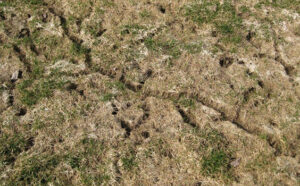 Campagnols
Campagnols
Les petits rongeurs appelés campagnols font souvent des ravages sur les pelouses pendant l’hiver. Durant l’été, le campagnol se promène généralement sous le sol. Il est alors très craintif, car plusieurs prédateurs rôdent. L’hiver, par contre, il devient plus audacieux. Sous la couverture de neige, ils creusent au hasard des tunnels à la surface de la pelouse. Ces dommages peuvent être importants avec des trous, des tunnels et des monticules d’herbe morte qui jonchent la pelouse. La fonte de la couverture de neige révèle les dommages des campagnols, mais permet également à leur prédateur, principalement les chats en milieu urbain, de reprendre leur travail. Débris et tunnels peuvent être légèrement ratissés pour favoriser une récupération rapide. Dans le cas de dommage plus important, une réparation peut s’avérer nécessaire.
